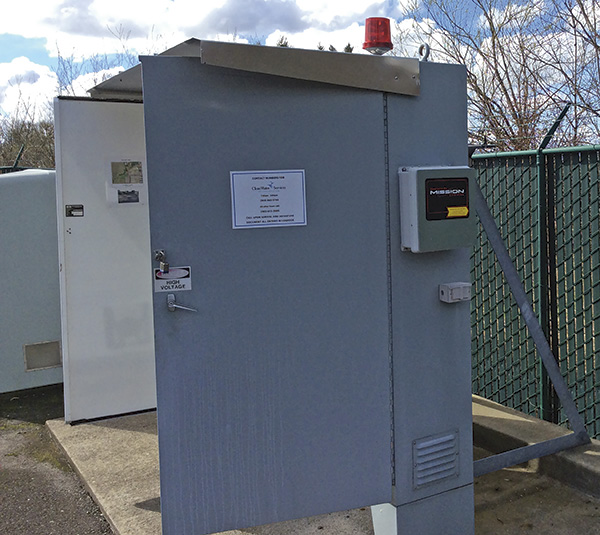Remote terminal units help an Oregon utility monitor 40 major pump and lift stations.
04/29/2015
Clean Water Services (CWS), a water reuse provider in Oregon that serves more than 500,000 residents, has partnered with local organizations to educate the public about the importance of wastewater reuse.
 Image 1. An RTU monitors a Clean Water Services pump station. (Courtesy of Clean Water Services)
Image 1. An RTU monitors a Clean Water Services pump station. (Courtesy of Clean Water Services)
